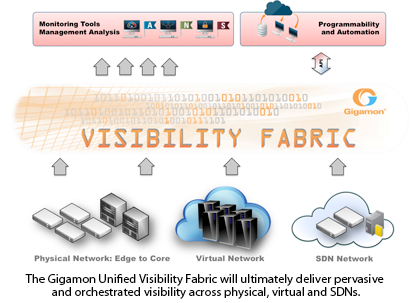Telefónica inaugurated the first phase of its massive Alcalá Data Centre project outside of Madrid, which aims to be one of the largest Tier IV data centers in Europe and the world.
The first phase, which is now operational, is a new building measuring 24,700 m2, with seven IT rooms covering an area of 682 m2 each. The complete project, which will progress gradually, will cover a total area of 65,700 m2 (over 700,000 square feet) and include a further 16 IT rooms, on a 78,400 m2 plot of land (the size of 8 football pitches).
Telefónica, which has invested more than 120 million euros in the project so far, said the new facility is key to transforming the company into one of the leading companies in the new digital world. The data center will be home for the whole range of ICT services, from housing, infrastructures and cloud computing to full outsourcing of customer applications. It will also operate as Telefónica’s cloud services base for Europe and will house platforms for customers in Spain, the United Kingdom, Germany and the Czech Republic.
The Alcalá Data Centre uses a modular architecture with redundant energy supplies and communications for each hall. Telefónica expects an annual reliability of 99.995%. Each module will be independent, allowing new rooms to be activated without affecting the operation of the rest. Similarly, the 1,200 kW of IT power for each room can be multiplied up to fourfold without impacting the housed systems. A redundant fiber optic ring connects to the company's Julián Camarillo Data Centre (Madrid), providing mutual back-up in case of faults.
The design has Tier IV certification from the Uptime Institute, which guarantees the highest level of fault tolerance.
The facility was built by Ferrovial and Master Ingeniería, with technological advice provided by Digital Realty.
http://www.telefonica.com

























































